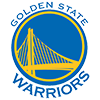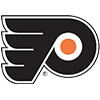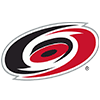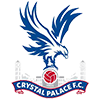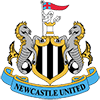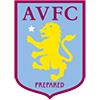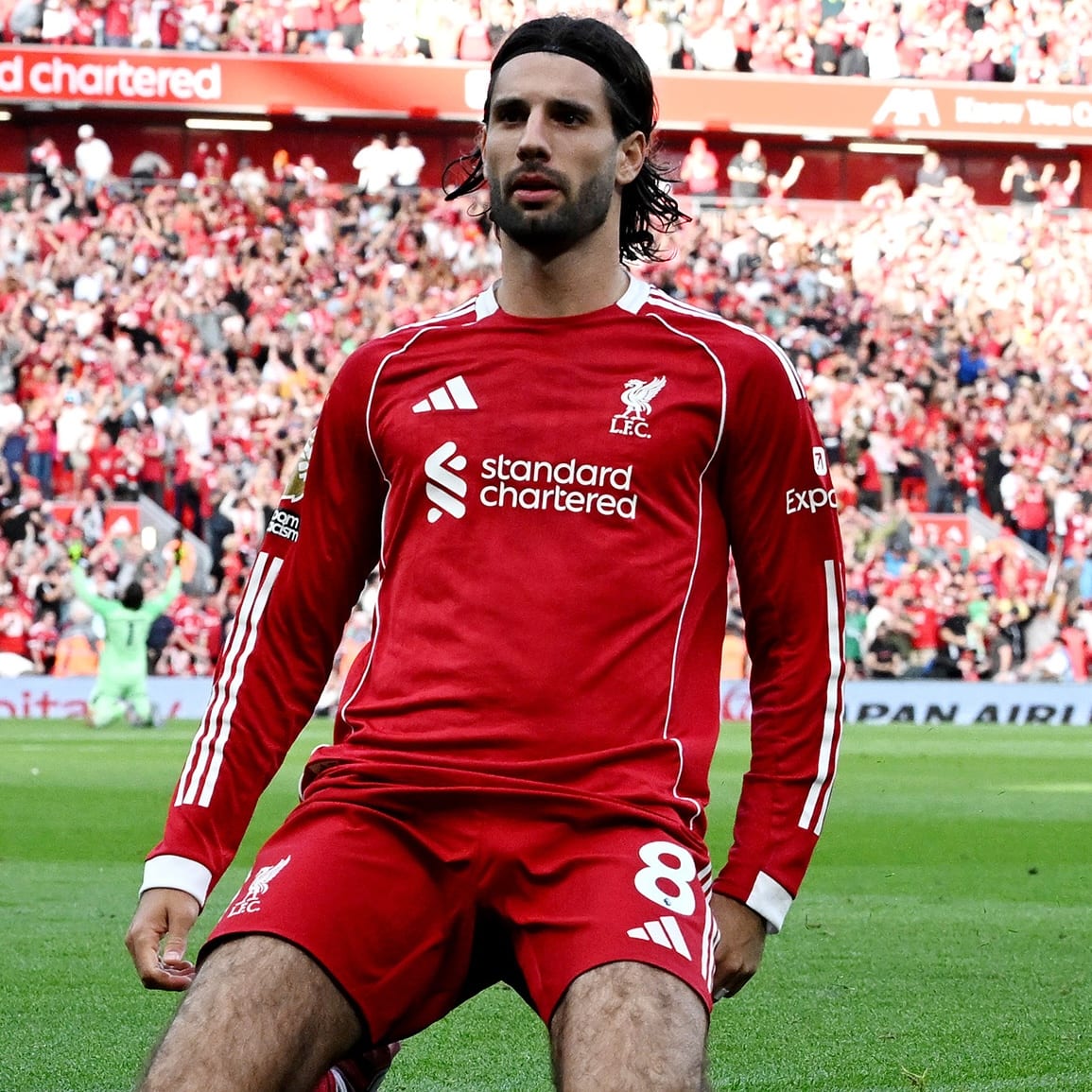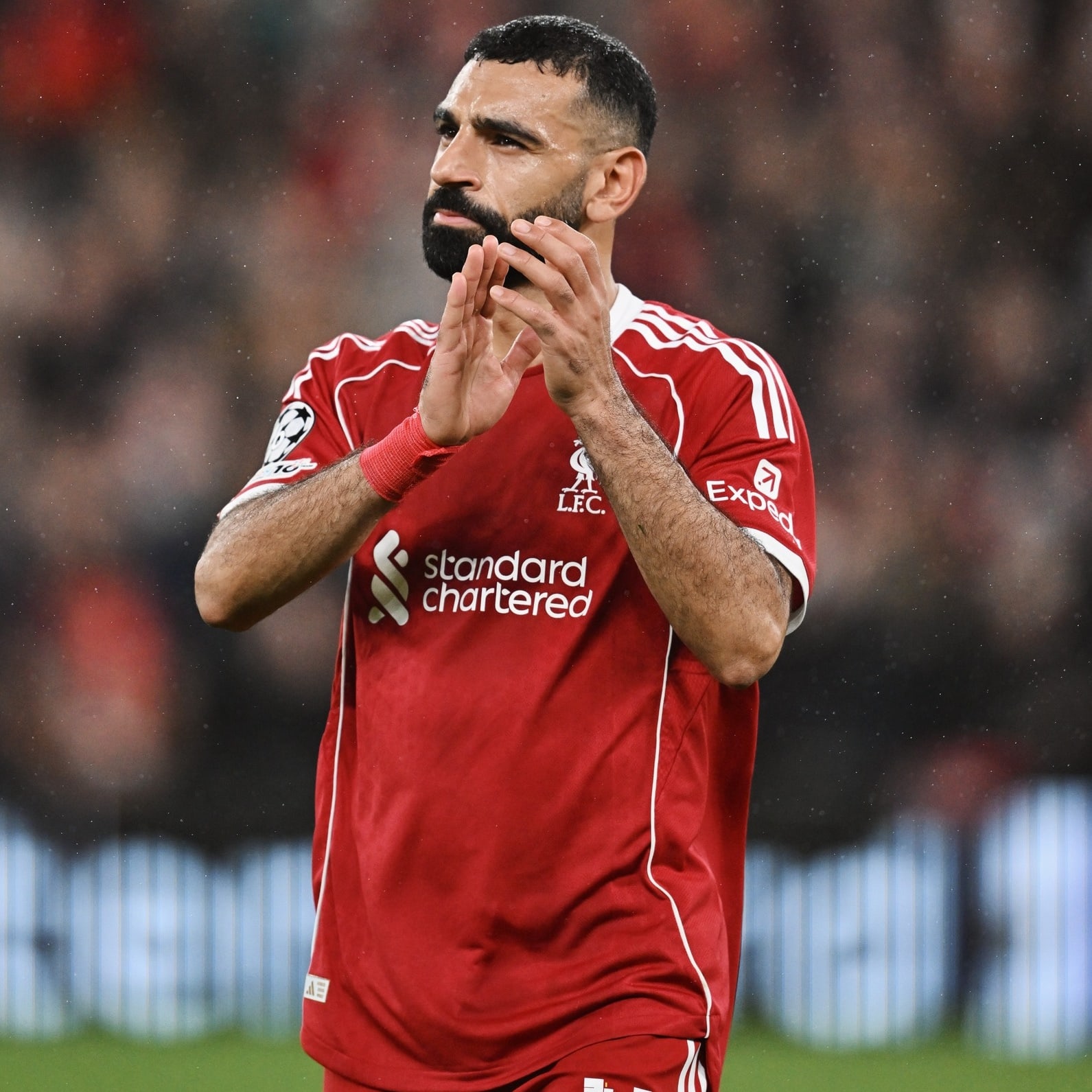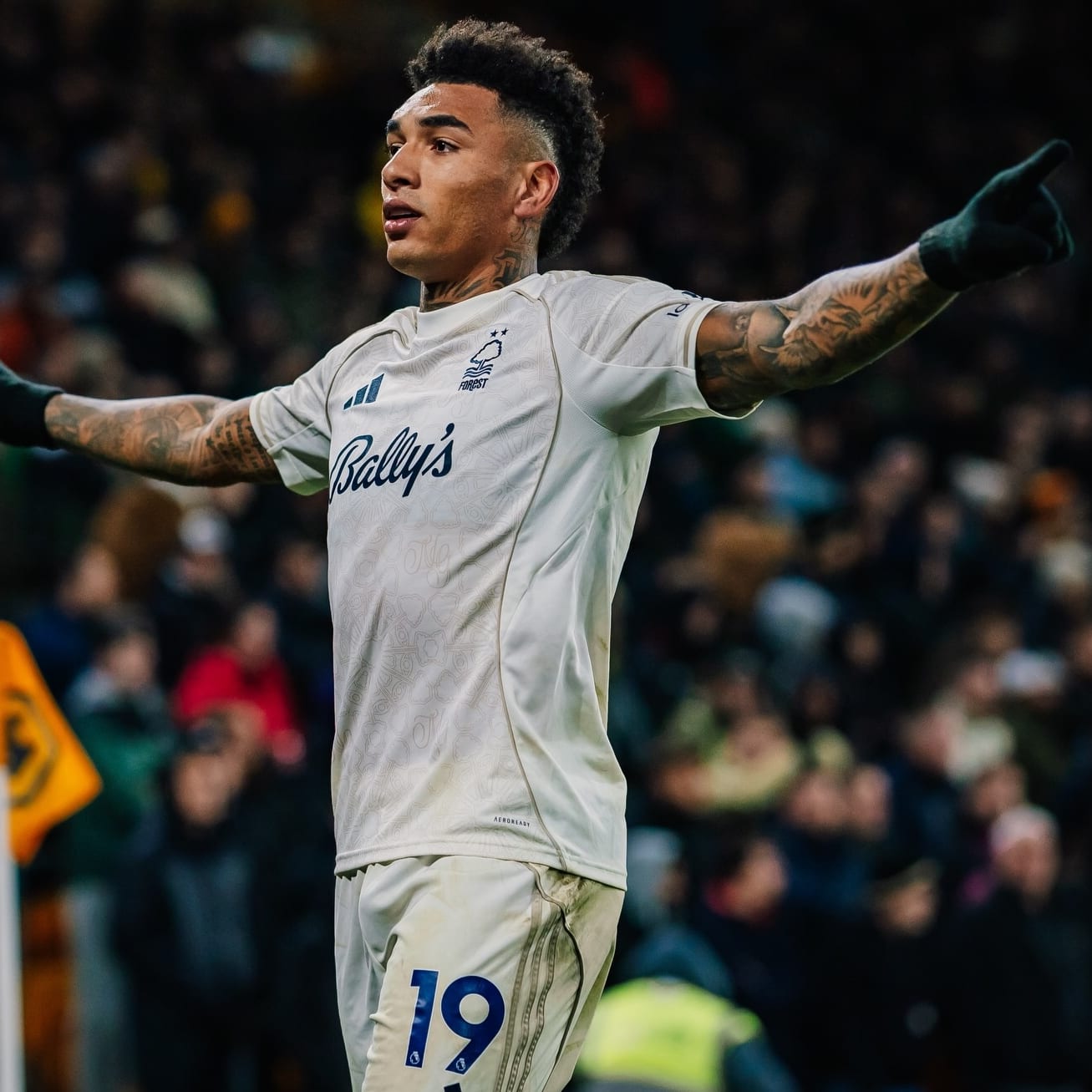Everton and Crystal Palace met on Monday for a true six-point relegation battle, ending in a 1-1 draw, a fair result after the stalemate we saw throughout the game. The Toffees walk away being the better team throughout the club's two meetings in league play this season, as before the draw, they topped Palace 3-2 in November. Both teams jumped one spot in the standings, with Palace reclaiming 15th by one point while Everton stays just out of the relegation zone, only topping 18th place Luton Town due to goal difference.
Starting XIs
Everton did not see any change with their formation, supporting the same 4-2-3-1 they had used over their previous four matches. Palace, on the other hand, saw a major switch-up, converting to a three-back for the first time this season after using a 3-4-3 following Roy Hodgson's step down as manager.
The Toffees also didn't see much change in their starting XI, though it was a big one with the return of Abdoulaye Doucoure, who started in attacking midfield in place of Jack Harrison after healing from a hamstring issue.
Palace made three changes, starting with Joel Ward replacing Will Hughes due to the change to a three-at-the-back, requiring another center-back to join the squad. Sam Johnstone was then called up in goal over Dean Henderson. The other change came from the attack, with Matheus Franca surrendering his spot to Odsonne Edouard, who made his first start since recovering from a calf issue three contests ago.
Match Notes
Everton entered the contest deploying a more passive strategy against Palace, passing the ball around half field while in possession. This would then leave the central defenders and defensive midfielders to pick out players on the wings moving forward to try to kick-start their attack. The four players starting in those positions combined for 30 passes into the final third, as James Tarkowski led the charge with 17. The primary intent of the attack was to pull one of the central defenders out of the defensive line, allowing space for through balls with quick touches rather than over the top.
The tactic would prove fruitful, as Everton carved out six total shots in the first half, with Doucoure coming the closest to converting.
However, they struggled to find many opportunities, as they had zero big chances in the first half. Everton saw the difficulty due to the congestion in the middle of the pitch, as Palace would drop all seven of their defenders and midfielders to defend. They ultimately couldn't hold possession in the Eagles half despite controlling 52 percent possession through the first 45, with most of that coming in the middle of the pitch.
Crystal Palace's game plan was much more active than Everton's. Both teams chose the wing to attack rather than the middle of the pitch, but Palace tried to get through the center of the field, using the three center-backs and central midfielders to create multiple triangles to pass and advance the ball. The speed of the attack for Palace was also quicker and more sporadic, switching on to a counterattack immediately after losing the ball. This would never lead to much, though, as most of those balls played forward were blind, with the passer only hoping to find someone on the other end.
Daniel Munoz played a significant role in the few chances Palace created in the first half, relentlessly running up and down the right flank to attack and defend. He would end up notching two chances created and five passes into the final third in the attack to go along with one interception, two duels won and five clearances in the defense.
Palace also ended the first half with zero big chances created, struggling to find the box due to Everton's high line, with Jean-Philippe Mateta caught offside multiple times while trying to make a run. They would end the first half with five shots (two on goal) but none led to a decent effort.
The first half ended in a 0-0 stalemate, providing little action. Everton saw a bit of momentum for the first 20 minutes before it shifted to Palaces's side for the rest of the half. Overall, both teams were very sloppy, with neither completing more than 80 percent of their passes, leading to numerous turnovers, and most of the match played in the transition phase. This would lead the clubs to end up with less than 0.4 xG heading into the break.
When the whistle blew to start the second half, few changes occurred between the two squads. Palace appeared more active, completely forgetting about the middle of the pitch and returning to their normal tactic of overloading the flanks with through balls. This would develop a few more chances for the club, but outside of Tyrick Mitchell's chance within the box, they were kept relatively quiet.
Everton saw almost no change in their pace of play or tactics, sitting back for much of the first 25 minutes of the half as they defended their box. They created a few counterattacks but nothing too dangerous, usually getting shut down by the time they could reach Palace's box.
The first action in the match finally came in the 60th minute. Everton finally caught their wind and looked to be the club to get on the scoresheet first after a ruthless attack for a couple of minutes. However, it would be Palace who found the net first, with Jordan Ayew scoring from outside the box, going against the run of play.
From here on out, the mood of the match would completely flip as Everton would end up getting the home crowd behind them, shaping out numerous attacks in the final 20 minutes of play.
Palace would end up falling for the same mistake they committed against Chelsea: dropping all but Mateta to defend when out of possession.
Sean Dyche completely changed the focus of the Toffees attack after seeing Palace's tactical change, focusing more on a rapid pace of play. Everton also saw a lot more possession in the opposing half while also shaping out more meaningful passes instead of just hoping for Dominic Calvert-Lewin to find a cross with his head or end up on the right side of a loose ball.
The change would prove effective, as Everton held the ball most of the time after Palace's goal. This would lead the club to 13 shots, five big chances and 74 percent of the possession in the second half.
After a couple of minutes of pressing the Palace defense and holding the ball by their box, Everton finally caught their breakthrough, with Amadou Onana soaring for a header over the glove of Johnstone to even the match.
The match would wrap up in the closing minutes, as both teams seemed to be okay with the point, not pushing for another goal and instead defending after the equalizer.
It looked to be Palace's match after they went one-up on the Toffees, but their weaknesses would end up being their downfall, just like their past contest against Chelsea. They once again dropped everyone back into their defense, allowing Everton too much space within their half to push forward and find chances, leading to the tying goal. It also came down to how poor they are on set pieces, still having yet to score a goal off a corner this season while giving up Onana's goal from a corner. Finally, they cannot stop allowing goals in the closing minutes of the half, as they have given up 17 of their 44 goals allowed this season in the final 15 minutes of the game.
Everton did show some resilience with their comeback, however. Although they would've been pretty disappointed to lose the match, as they dominated on the stat sheet, registering 19 shots, five big chances and 1.66 xG compared to Palace's 10, one and 0.62, respectively. They also conquered possession, holding 62 percent.
Overall, the match was not what you want from a tie between two clubs in the highest tier of professional football. Both teams proved pretty sloppy, not finding feet with an overwhelming amount of their passes while blatantly kicking the ball around the field like they were playing kickball. Everton would only complete 80 percent of their passes, with Palace even further back with a mere 65 percent. The tie was the correct outcome of this match, as neither team deserved an outright win.
Man of the Match
James Tarkowski is my choice for the match, being the most solid and consistent player throughout the game. Despite his blunder on a header that looked like a clear goal, the defender still proved to be the best player on the field. He blocked a good chance on goal in the early stage of the match to prevent going down 1-0 while adding five interceptions and five clearances in the defense. His distribution was also great, with 17 passes into the final third and 13 of his 19 long balls completed.
Upcoming Fixtures
Everton will have a tall task ahead of them over their next few matches. They end February away from home versus Brighton. Moving into March, the road gets even more complex, with West Ham, Manchester United and Liverpool up next. They will be happy with any amount of points after that tough run of games, as they will be underdogs against all of those teams.

Crystal Palace's road is slightly easier, as they face Burnley in their next match before Tottenham hosts them for their first match of March. They will then face another bottom-four team in Luton Town before finishing against Newcastle. They should expect to come out of this with at least six points, as anything more than that will be a bonus.

Looking Ahead
Everton will hope to remain in the Premier League after finishing the day outside of the bottom three only based on goal differential. They will also look for the appeal of their 10-point deduction to be accepted, as that would release a lot of the stress around the situation. They also await the return of Andre Gomes (calf), Arnaut Danjuma (ankle) and Dele Alli (groin), although they all serve in more rotational spots.
As for Crystal Palace, they will look for a resurgence in the second half of the season after seeing a manager change. Roy Hodgson announced hours before the match that he would be stepping down and making way for ex-Frankfurt Eintracht manager Oliver Glasner. He will now look to lift the team off the bottom of the table, aiming to end his first half-season as manager of Palace in a good spot.
Palace will also hope for the addition of Marc Guehi into the squad following his knee issues, as well as Will Hughes, who just recently missed out due to an ankle issue. Although it will still take some time, Eberechi Eze (hamstring) and Michael Olise's (hamstring) return will be highly anticipated, as they are a much more dangerous team when included.
Gameweek 26 Preview
Next week, the spotlight will be on Brentford and West Ham United. The Hammers come in dropping points in their past five contests, topped off with an embarrassing defeat in the FA Cup against Bristol City. Brentford enter the match struggling despite gaining back Ivan Toney, with only two wins in the five games since his return.


















